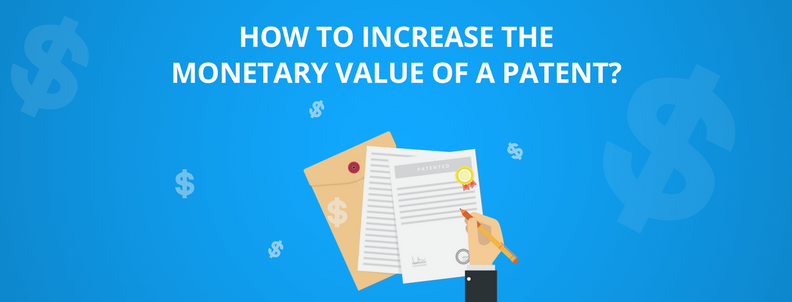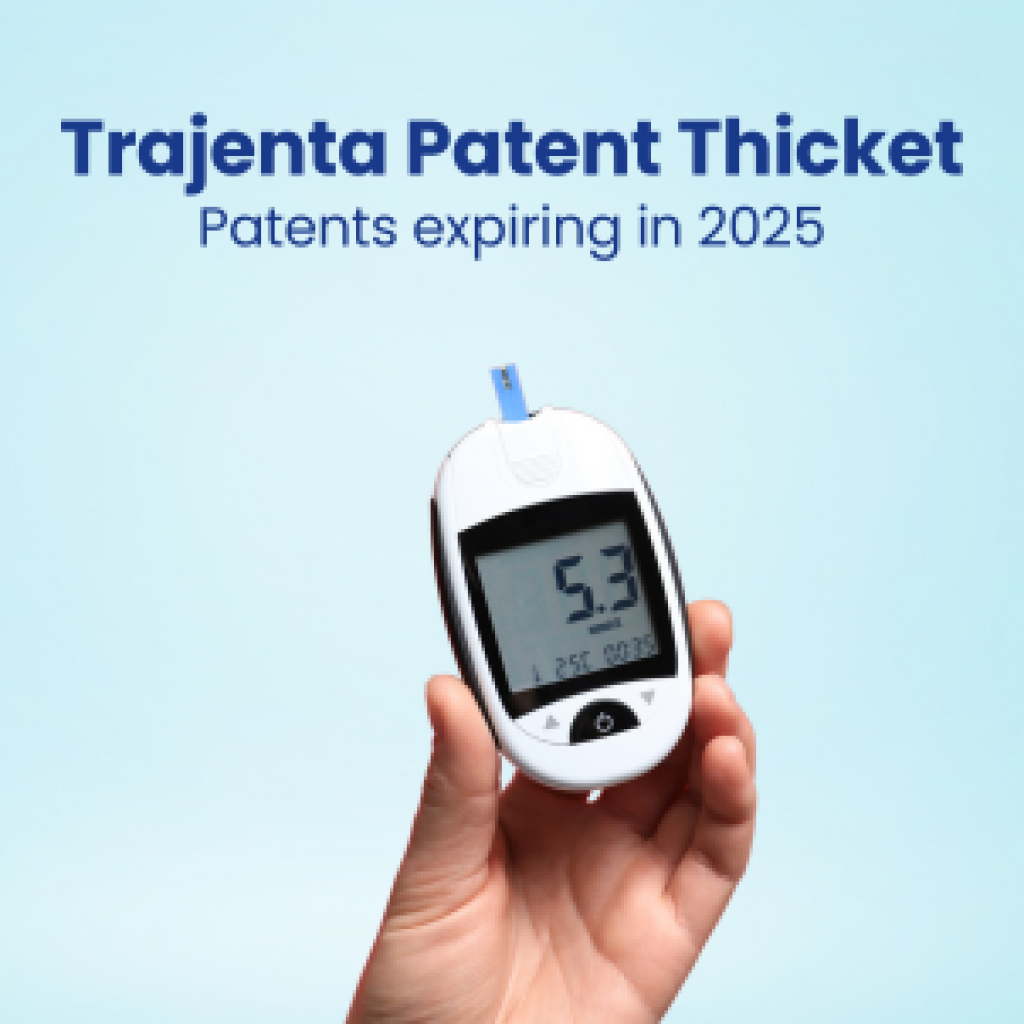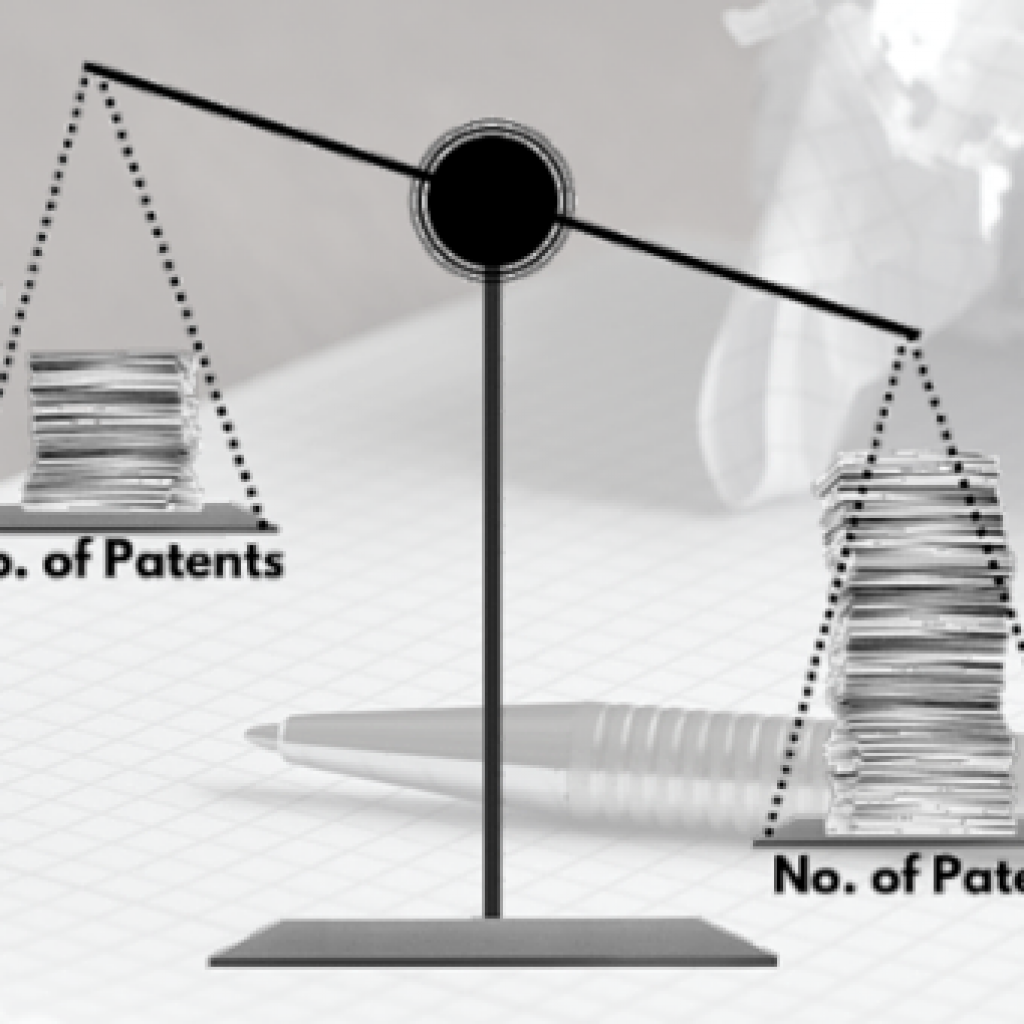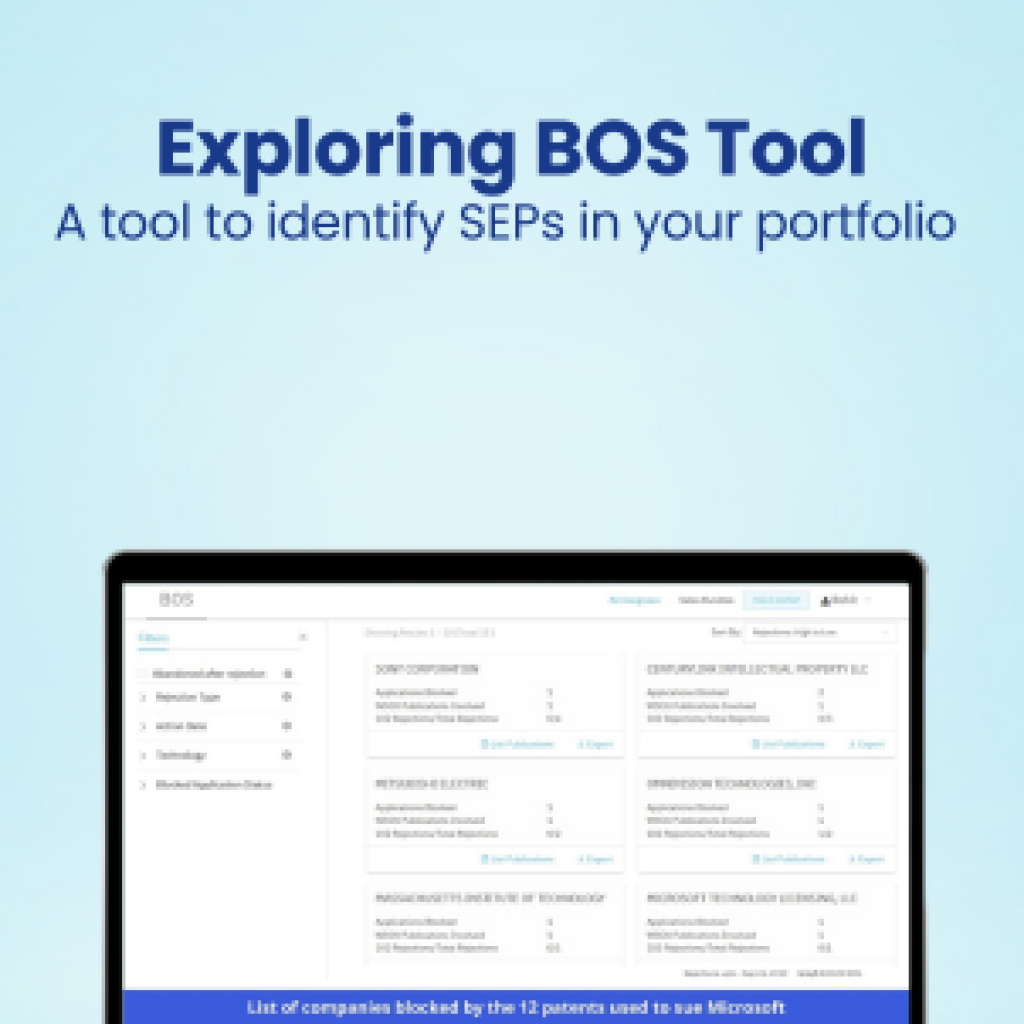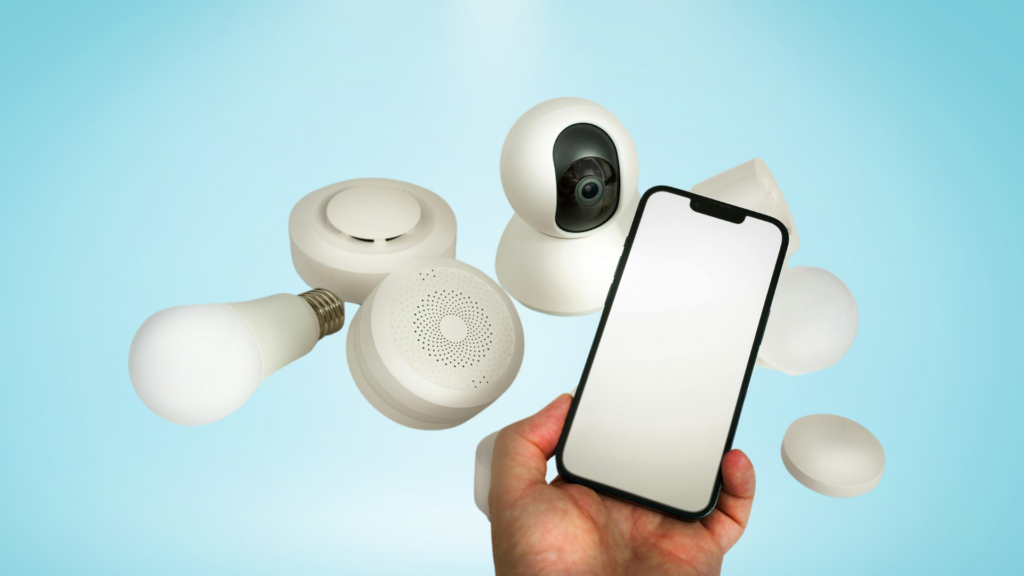Someone once said, “The chances of a person winning a lottery are greater than a person making a fortune out of their patents.”
Whether I could deem this person wise or otherwise, for saying so, I am not sure. Over the years spent in the domain, what I have learned is that a lot of patents are valuable. One must just use them strategically, to reap the most out of them.
Talking of patent monetization alone, there are more ways than one to increase the monetary gains made through a patent. The simplest one being – unraveling all the products in the market that are using the patent’s technology.
The more infringing products we can find, the merrier it is for the patent holder.
This leads to another question – How we can encompass a larger number of products under the purview of a patent?
We found an interesting answer to this question –
In certain possible cases, this can be achieved by broadening the purview of the patent claims.
What does that mean?
Well, sometimes, a claim element’s meaning is not very clear from the patent specification and prosecution history. In such cases, we tend to use the meaning which is closest to the general meaning.
However, in such cases, identifying other similar meanings of claim element and providing supporting precedence to that meaning can help us increase the number of products overlapping a patent’s technology, thereby, increasing the monetary value of the patent.
Now I think the subsequent questions you may have in line would be – Can it be done? Is it really possible? Is there any evidence backing this information?
Yes, we can do this.
In one of the recent projects, I discovered that this is really possible and it has helped us increase the monetary value of a client’s patent by almost 50 percent.
How We Increased the Value of a Client’s Patent by 50%?
Let me discuss the exact scenario here.
One of our clients, a top telecommunication firm, had to sell their US patent. Our objective was to identify the products that overlap on the patent. Once you have a few products that are in the market and using your technology, it becomes very easy to put a commercial value to the patent. It also provides an idea about the amount our client can expect in return for their patent.
The patent focused on an optical fiber connector in which the ferrule was “integrally formed” to the outer housing. The general sense of the phrase “integrally formed” is used to mean “formed as a single piece”. We found a few overlapping products, currently available in the market and having a large market share, based on this interpretation. These products contain ‘ferrule’ built into the outer housing to form a unitary structure.
Interestingly, during our search, we also came across other products, where ferrule is fixed into the outer housing, but were detachable from there i.e. these were not a unitary structure (a slight difference in their structure as described in the patent’s claim). We felt that these products had a good market, and if they could also overlap, our client would be able to get more money in return. But we did not have any concrete evidence supporting our thought.
So, we thought to first collect some evidence before sharing this suggestion with the client. We looked for a description about “integrally formed” in the patent specification and file history of the patent that could help us support another context for “integrally formed”, but we couldn’t find any related information.
Then, we looked for precedent cases, where the meaning of the term “integrally formed” was used in another context other than a unitary structure.
We found one precedent (In re Morris, 127 F.3d 1048 (Fed. Cir. 1997)), in which the term “integrally formed” was defined during the trial. In this case, Federal Circuit came to a conclusion that term integral does not require one-piece or unitary construction (per numerous prior CCPA decisions). Also, an object may be a “portion” of a structure and still be removable from that structure.

Source: https://www.uspto.gov/sites/default/files/documents/bri%20and%20plain%20meaning.pptx
Using this information, we shared this logical suggestion to the client to consider taking another interpretation of the claim element “integrally formed” along with some backing evidence. The client took some time consulting his attorney to get the suggestion reviewed from legal angles. To our and our client’s delight, the attorney used the suggestion and we succeeded in bringing more products under the purview of the invention, thereby, increasing the value of the patent for our client.
Did you just gasp and uttered “that’s cool” under your breath?
Thought so.
But this is just a sneak peek of our daily work and a speck comparatively. We are doing a lot of cool things at GreyB, in the pursuit to help our clients reap the best strategic returns from their portfolio.
Have something we could help you with or want to know a bit more about us? Fill out the form below and our team will get in touch with you-
Authored by: Rohit Sood, Team Lead, Infringement, and Swapnajeet Nayak, Researcher, Infringement.

